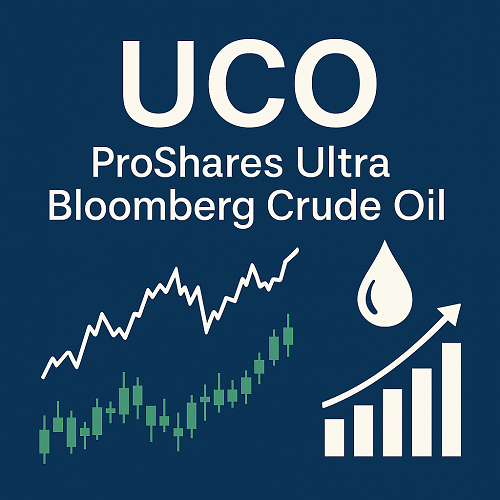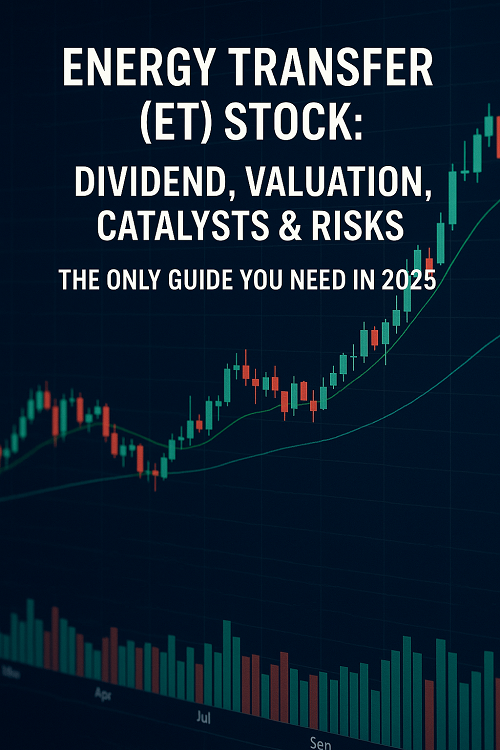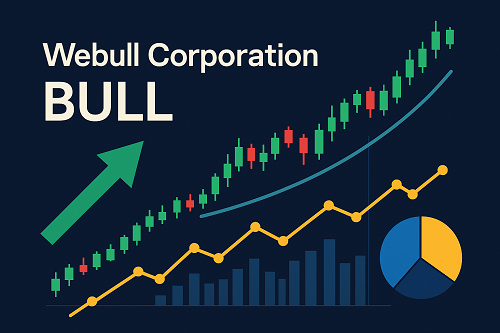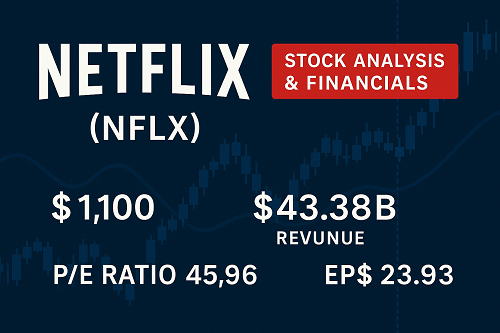Investing in oil is notoriously complex: spot markets, futures, rolling costs, contango/backwardation, geopolitical risk, and leverage make it challenging for individual traders. UCO (ProShares Ultra Bloomberg Crude Oil) offers a way to gain leveraged exposure to crude oil — but it’s far from a “set-and-forget” ETF. If you’re considering adding UCO stock to your portfolio, it’s essential to understand its intricacies.
This article dives deeply into UCO’s mechanics, historical behavior, strategies for trading it (not just holding), risk factors, tax implications, and how to use it (or avoid it) intelligently in your portfolio.
What Is UCO?
- Full name / ticker: ProShares Ultra Bloomberg Crude Oil (Ticker: UCO)
- Objective: UCO seeks 2× (twice) the daily return of its underlying crude oil benchmark (via futures, swaps, etc.), not the spot price directly.
- Asset class: Leveraged commodity ETF (or more precisely, a leveraged commodity derivative vehicle)
- Underlying exposure: Based on WTI (West Texas Intermediate) light, sweet crude futures and related instruments; does not invest directly in physical oil.
- Inception / size: UCO launched in November 2008; as of now, its net assets stand around USD $350+ million (depending on inflows/outflows)
Because UCO uses derivatives and leverage, its returns can deviate significantly from naive expectations over longer periods. It’s designed mostly for short-term tactical positions, rather than passive long-term holdings.
How UCO Works: Mechanics & Structure
Leverage & Daily Reset
- UCO aims for 2× the daily percent change in its benchmark (i.e. a 1% rise in the index = ~2% gain in UCO, before fees and slippage).
- Because it rebalances daily, compounding effects can lead to performance drift (especially in volatile markets) when held over multiple days.
- This daily reset means that the path (sequence of returns) matters: in volatile or choppy markets, UCO may underperform naive expectations even if the underlying moves in your favor over time.
Use of Derivatives & Rolling
- UCO gains exposure via futures contracts, swaps, forwards, and other derivatives rather than holding physical barrels.
- Futures contracts must be rolled forward as they approach expiration. The cost or gain from rolling (contango or backwardation) affects returns.
- In a contango environment (future price > spot), roll costs eat into returns; in backwardation, roll yields may add to returns.
Expense Ratio & Fees
- The expense ratio is approximately 0.95% (net) (as of latest published data)
- There may be additional costs: bid/ask spreads, slippage, derivative transaction costs, financing costs, and tracking error.
Tracking & Slippage Risks
- Because UCO uses derivatives and exposure is leveraged, the fund may suffer from tracking error: real returns deviate from 2× the underlying index after costs, roll effects, and rebalancing.
- Slippage and market impact (especially in volatile oil futures) can further degrade performance.
Historical Performance & Price Behavior
Recent and Multi-Year Returns
- As of October 2025, UCO’s return YTD is approximately –18.95% (i.e., a loss)
- Over 1 year, it has returned ≈ –22.77%
- Over 5 years, returns have been positive, reflecting periods of strong crude oil price rally and leveraged gain accumulation.
- The fund has exhibited very high volatility and periods of both extreme gains and losses, reflecting both oil price cycles and the effects of leverage.
Volatility & Drawdowns
- Being leveraged, UCO’s beta (5-year monthly) is ~2.02 (i.e. more than twice the volatility of its benchmark)
- Expect sharp drawdowns if oil collapses—especially in downward trending or volatile sideways markets.
- The path dependency and compounding mean that in choppy or rangebound markets, returns can erode even if the underlying price is relatively stable.
Examples of Behavior Over Time
To illustrate, consider:
- A 5% up move followed by a 5% down move in the benchmark may result in worse-than-expected returns for UCO due to daily reset and leverage.
- Over trending periods (especially strong rallies in oil), UCO can outperform significantly (twice the gain, minus costs).
- During steep sell-offs in oil, losses magnify.
(You could show a table or chart of sample scenarios comparing benchmark vs UCO returns across 3-day, 1-week, 1-month windows.)
Key Metrics, Costs & Risk Factors
5.1 Key Metrics to Monitor
| Metric | Why It Matters | Typical / Range |
|---|---|---|
| Expense Ratio | Ongoing drag | ~0.95% (net) |
| Tracking Error | Measures how actual returns deviate from ideal | Nontrivial due to derivatives & roll |
| Turnover & Roll Yield | Frequent rebalancing and roll costs impact returns | Significant in contango |
| Beta / Volatility | Helps scale position sizing | ~2× benchmark volatility |
| AUM / Liquidity | Larger size ensures tighter spreads and safety | ~$350M+ |
Major Risk Factors
- Leverage Risk
The 2× leverage amplifies both gains and losses. - Compounding / Path Dependency
Holding over multi-day periods can cause deviation from naive doubled returns. - Contango Losses / Roll Costs
In a contango environment, longer-dated futures cost more, eroding returns on roll. - Volatility Drag
High intraday volatility leads to erosion over time, even if the net price is flat. - Liquidity / Slippage / Market Impact
Particularly in stressed markets or during sharp oil moves, slippage can be large. - Regulatory / Structural Changes
Changes in derivatives market rules, margin rules, or ETF regulation could impact performance. - Counterparty / Derivative Risk
Since it uses swaps or futures, there’s exposure to derivative counterparties. - Tracking Error & Model Risk
Assumptions about futures curves or weighting may diverge from actual behavior.
How UCO Compares to Alternatives
If you’re looking for leveraged or non-leveraged exposure to oil, here are some comparisons:
- USO (United States Oil Fund LP)
Non-leveraged, tracks crude oil futures. Lower risk than UCO, but in contango it also suffers roll costs. - SCO (ProShares UltraShort Bloomberg Crude Oil)
The 2× inverse of the oil benchmark — profitable when oil falls. - ERX (Direxion Daily S&P Oil & Gas Exp. & Prod. Bull 2X Shares)
Focuses on oil & gas equities, not futures. More equity risk. - Other leveraged commodity ETFs
Some offer different leverage (3×) or target other commodities. - Direct futures trading
More flexible and efficient potentially, but requires futures account, rollover, margin, and expertise.
Which is better for you? It depends on risk tolerance, investment horizon, and your view on oil markets. UCO is best suited for short-term tactical exposure to oil price moves, not as a core long-term holding.
Trading & Investment Strategies for UCO
Tactical Short-Term Swing Trades
Given the leverage and daily reset mechanics, UCO tends to work best over short to medium timeframes (days to a couple of weeks) when you have conviction. Some strategies:
- Momentum breakouts: enter when crude oil breaks key resistance, ride strength.
- Trend-following with stops: define stop-loss (e.g. 2–4%) due to high volatility.
- Mean reversion in high-volatility periods: in extreme oil moves, bounce trades may work.
Hedging or Portfolio Overlay
Some traders use UCO as a hedge or overlay to inflation or energy exposure. Because oil often correlates with macro factors, small tactical allocations may add alpha.
Pair Trades & Spreads
- Pair UCO with SCO to bet on volatility or divergence.
- Combine with equity energy stocks or broad commodity exposure for hedged plays.
Roll-Aware Timing
Understanding the futures curve is key. Entering just before a roll date or during steep contango can avoid the worst of roll drag.
Scaling & Position Size
Because of the leverage, a small move in oil can lead to large % moves in UCO. Use smaller allocations than you would in a non-leveraged ETF. Risk no more than a small % of capital on any single trade (e.g. 1–2%).
Seasonal, Macro & Technical Drivers
Macro / Fundamental Drivers
- Supply factors: OPEC / non-OPEC output decisions, U.S. shale production, sanctions, geopolitical disruptions.
- Demand shifts: global economic growth, industrial demand, travel trends, energy policy shifts.
- Inventories & storage: weekly EIA / API inventory reports.
- Dollar strength: oil priced in USD — a strong dollar tends to pressure oil.
- Interest rates & inflation: impact input costs and demand dynamics.
Seasonal Patterns
- Historically, oil demand rises in summer driving season (U.S.) and winter heating season (in cold regions).
- Maintenance season for refineries, supply cuts, weather events (hurricanes) can also create short-term disruptions.
Technical Analysis
- Watch support/resistance zones on the oil futures index.
- Use moving averages (20, 50, 200), RSI / MACD divergences, volume breakouts.
- Use volatility indicators (ATR) to size stops appropriately given UCO’s leverage.
Risk Management & Position Sizing
- Avoid overleveraging: Even though UCO is leveraged, don’t use excessive margin on top.
- Set hard stop-losses: Because moves can be abrupt, define acceptable loss thresholds.
- Trail stops / scale out: Take profits in increments as wins run.
- Time limit your trades: Don’t hold long term without reassessing daily; the leverage and compounding effects can erode returns.
- Use correlation diversification: Don’t concentrate too heavily in highly correlated bets.
- Monitor roll dates: Be cautious around roll periods for futures, when volatility skew and liquidity shifts may amplify costs.
Tax & Regulatory Considerations
- Tax Treatment: In many jurisdictions, derivative-based ETFs may have different tax treatment than equities (e.g. as short-term capital gains, or ordinary income). Check with your local tax laws or advisor.
- Wash Sale Rules / IRS Limitations: Some derivative strategies trigger special rules.
- Regulatory Risk: Changes in ETFs or commodity derivatives regulation could impact operations.
- Expense / Fee Disclosures: Always review prospectus for all costs.
Frequently Asked Questions (FAQ)
Q: Is UCO safe for buy-and-hold investors?
A: Generally not. Due to leverage and compounding effects, returns over longer periods are unpredictable and can drift significantly from expected performance.
Q: How often does UCO rebalance?
A: Daily. That’s what causes path dependency in returns.
Q: How do roll costs affect UCO?
A: If futures are in contango, rolling forward costs money; in backwardation, you may gain. Over time, this can significantly influence returns.
Q: What’s the difference between UCO and USO?
A: UCO is 2× leveraged; USO seeks to track oil futures more directly (unleveraged), making it less volatile but still vulnerable to roll drag.
Q: Can I hold UCO in an IRA or retirement account?
A: Yes, but be aware of tax implications and whether your broker allows leveraged ETFs in your account type.
Q: What capital size is appropriate?
A: Because of volatility, even small dollar positions can swing large %; thus, starting with smaller allocations until comfortable is prudent.
Conclusion & Outlook
UCO is a powerful but risky tool for traders and investors who want leveraged exposure to crude oil. If used with discipline, clear strategy, and aware of its mechanics (daily rebalancing, roll costs, volatility drag), it can offer significant upside in favorable environments. However, the flip side is steep losses if markets move against you or remain choppy.
If you’re considering using UCO:
- Limit your exposure
- Monitor performance daily
- Use strict risk control
- Stay aware of macro and seasonal oil dynamics
In the current environment (2025), with energy markets under pressure from global growth concerns, renewables transition, inventory dynamics, and supply-side uncertainty, volatility remains high. For UCO holders or traders, that means both opportunity and danger.





 XAUT-USD
XAUT-USD  AMD
AMD  MARA
MARA  SHOP
SHOP  BULL
BULL  CL=F
CL=F